Uluru, also known as Ayers Rock, is located in the geographic center of Australia, in the southwestern part of the Northern Territory. It lies west of the Simpson Desert, about 208 miles southwest of Alice Springs and 288 miles by road. The huge sandstone rock is 1,142 feet high and can be seen from miles around. It measures almost 6 miles in circumference and is known for appearing to be different colours at different times of day. The rock has been sacred to Aborigines for centuries and the local name Uluru was officially recognized in 1993. The name Uluru has no meaning and was a local family name. A flat dirt path surrounds the rock and can be completed in approximately 4 hours. The climb to the top is one mile long, much of which is at a steep angle. There is an entry fee of $25 per adult to enter the park, children may enter for free.

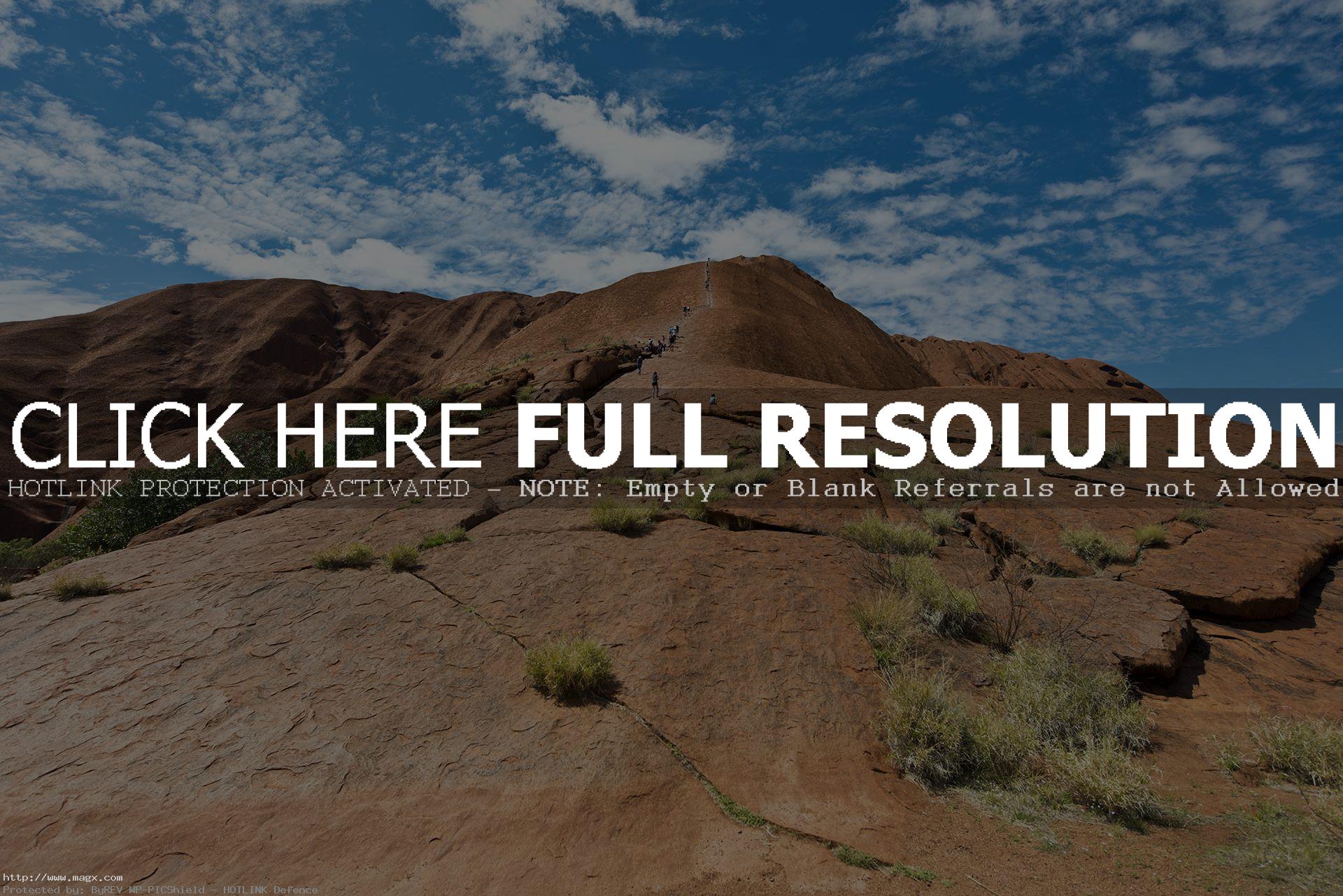





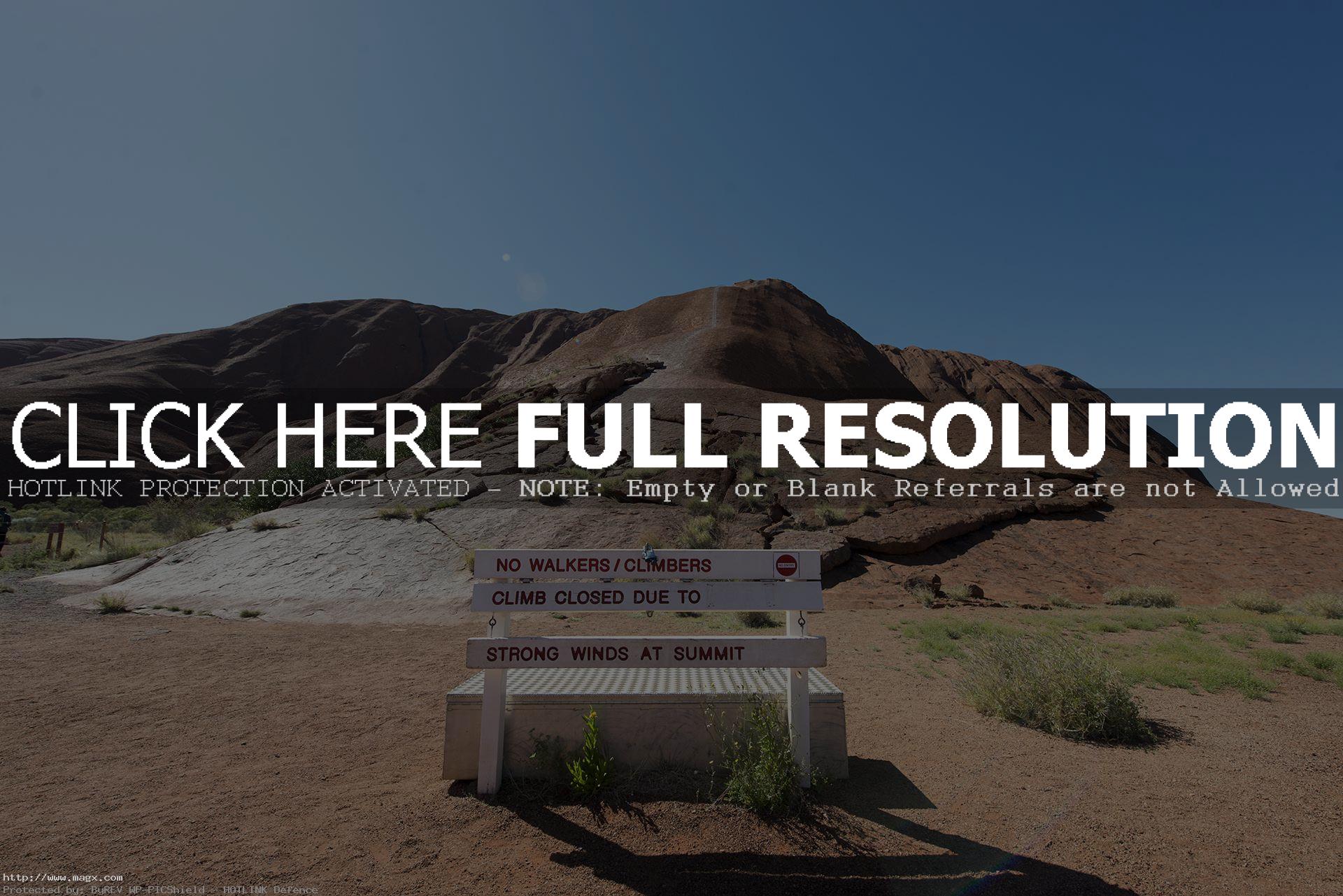


credit: swampa
Tags: alice-springs, australia, ayers-rock, Huge, Rock, Sandstone, Uluru
Relevant Articles


Vancouver Public Library’s Central Branch maintains a collection of 1.4 million items and acts as a system-wide resource for 22 branch locations. A beautiful building is located in downtown Vancouver and looks like Colosseum in Roma. Designed by Moshe Safdie and opened in 1995. You could easily spend a day in this massive building with multiple stories. The first thing you will notice is the beautiful glass atrium that creates an indoor space in front of the main library doors.

credit: Garry Zeweniuk

credit: Michael Francis McCarthy

credit: Yos C. Wiranata

credit: Rodefeld

credit: Michael Francis McCarthy

credit: Foxtongue

credit: smilygrl

credit: Michael Francis McCarthy

credit: masatoshi

credit: Rodefeld

credit: Michael Francis McCarthy

credit: keepitsurreal

credit: SqueakyMarmot

credit: sillygwailo
Tags: ATRIUM, British Columbia, Canada, Downtown, Huge, Library, online public library, opening hours, Public, public library, Vancouver, VANCOUVER ARCHITECTURE, vancouver city, vancouver public library, VPL
Relevant Articles


Hoover Dam impounds Lake Mead, and is located near Boulder City, Nevada. Originally called Boulder Dam, this engineering marvel was re-named for Herbert Hoover, the 31st President of the United States. In 1935, Hoover Dam was the largest in the world and although long since surpassed it is still an amazing structure and a marvel of engineering – a huge, curving wall of plain concrete 660 feet thick at the base and 726 feet high set between the vertical walls of Black Canyon, accompanied by strangely-angled pylons, cables, power generating plants and other machinery. Its 17 generators produce 4 to 5 billion kilowatt-hours of electricity annually. That\’s enough power to supply a half million homes for one year, according to the Bureau of Reclamation, the agency responsible for maintaining and operating Hoover Dam. By the end of 1992, upgrading on the dam’s massive generators increased the original nameplate capacity from 1,345 megawatts to slightly more than 2,000 megawatts.

credit: iluvcocacola

credit: ArdailSmith

credit: matze_ott

credit: smaedli

credit: Mats Molin
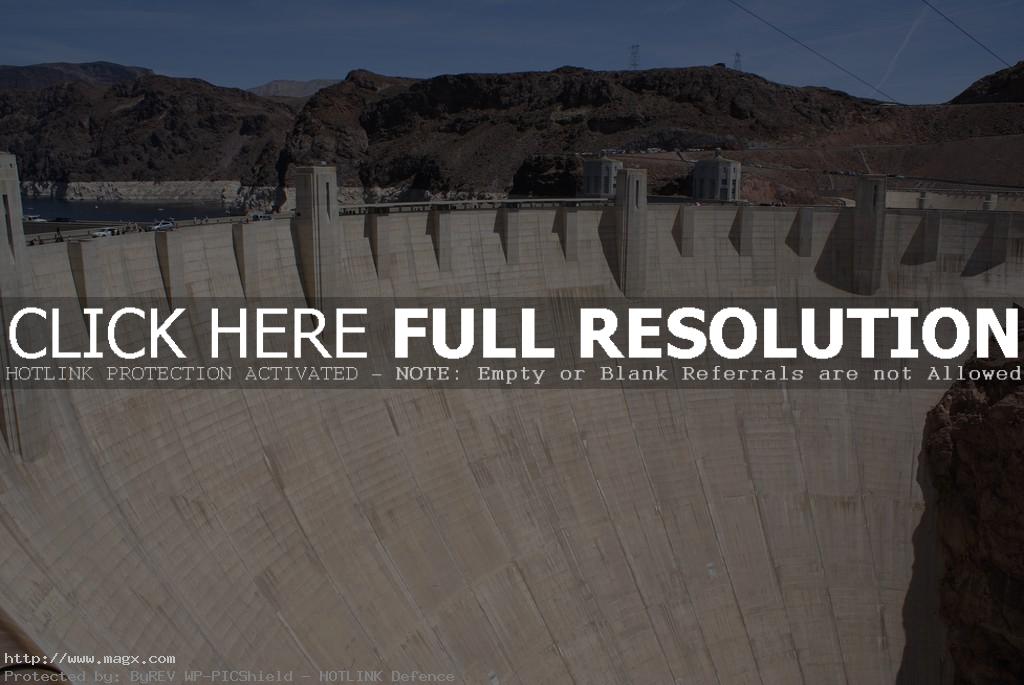
credit: L. Richard Martin, Jr.
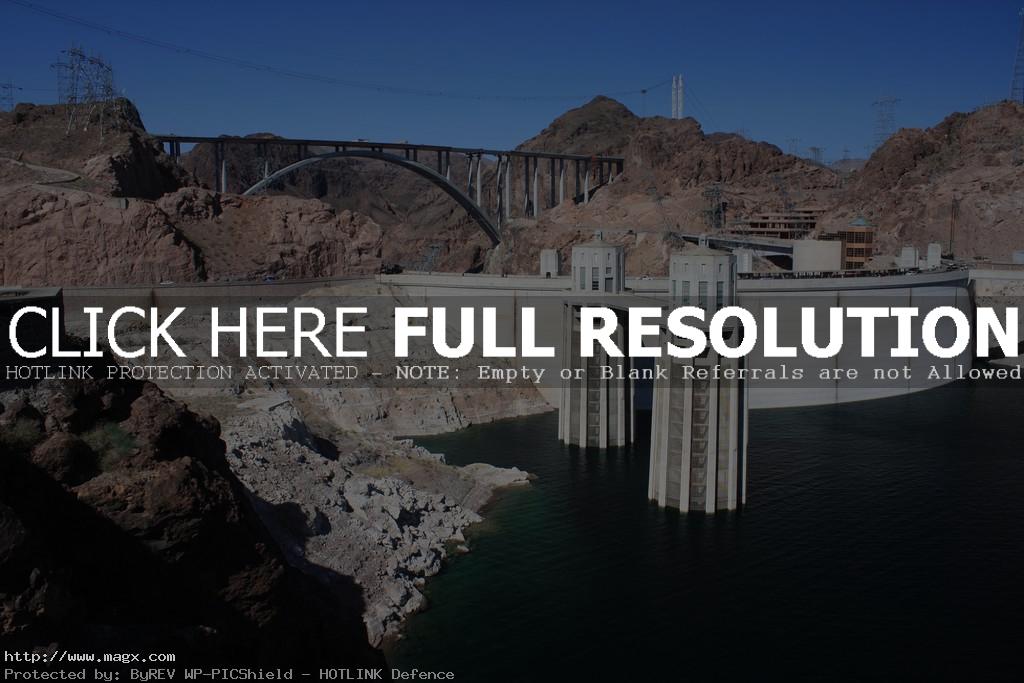
credit: dherrera_96

credit: L. Richard Martin, Jr.

credit: Wouter Kiel
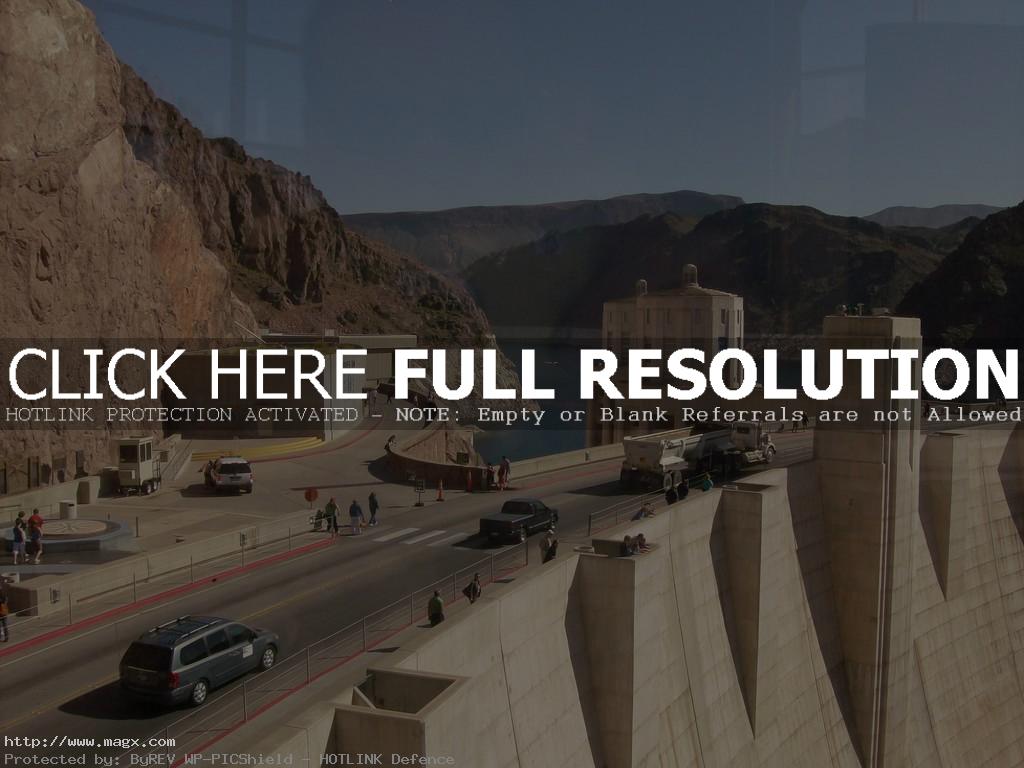
credit: Northfielder

credit: HarshLight

credit: HarshLight

credit: 666isMONEY

credit: e53

credit: Jonathan Lumibao

credit: ShashiBellamkonda
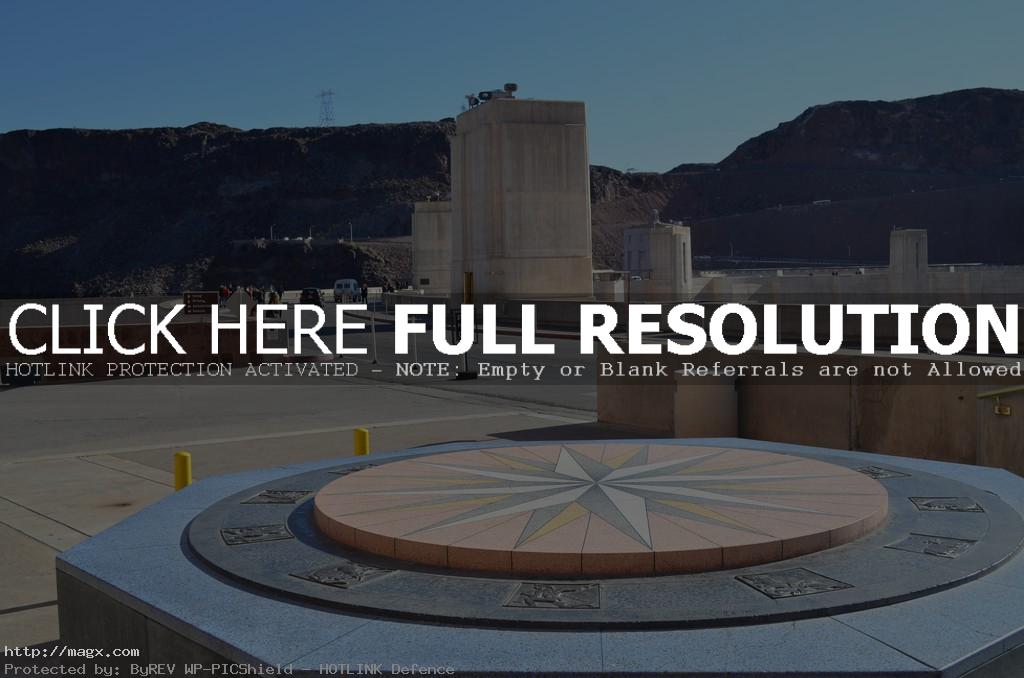
credit: eGuide Travel

credit: dherrera_96

credit: Collin Grady

credit: OakleyOriginals
Tags: Dam, Hoover, hoover dam, hoover dam bridge, hoover dam bypass, hoover dam facts, hoover dam las vegas, hoover dam nevada, hoover dam pictures, Huge, Lake Mead, Las, las vegas nevada, nevada, United States, Vegas
Relevant Articles











 Chimney Rock Trail, Oregon
Chimney Rock Trail, Oregon Graceland – King of Rock n...
Graceland – King of Rock n... Rock Sites of Cappadocia and Gor...
Rock Sites of Cappadocia and Gor... Bungle Bungles National Park, Au...
Bungle Bungles National Park, Au... Natural Bridges National Monumen...
Natural Bridges National Monumen... Dangerous Mojave Road in the Moj...
Dangerous Mojave Road in the Moj... Magnificent Monument Valley of t...
Magnificent Monument Valley of t...














 George W Bush Presidential Libra...
George W Bush Presidential Libra... The Orpheum Theatre in Vancouver
The Orpheum Theatre in Vancouver Broad Museum in Downtown Los Ang...
Broad Museum in Downtown Los Ang... Impressive Strahov Library in Pr...
Impressive Strahov Library in Pr... Subiaco Public Street Art, Perth
Subiaco Public Street Art, Perth Kunstkamera and Peters the Great...
Kunstkamera and Peters the Great... Canadas Best Places – Vict...
Canadas Best Places – Vict... Nalanda University – The F...
Nalanda University – The F...




















 The Three Gorges Dam Hydroelectr...
The Three Gorges Dam Hydroelectr... Most Powerful Photos of USA
Most Powerful Photos of USA Boulder at Moeraki, New Zealand
Boulder at Moeraki, New Zealand Luxury Cosmopolitan of Las Vegas
Luxury Cosmopolitan of Las Vegas Paris Hilton in The Spotlight at...
Paris Hilton in The Spotlight at... Incredible Fountains at Bellagio...
Incredible Fountains at Bellagio... Casttle of Penarroya Overlooking...
Casttle of Penarroya Overlooking... Hiking to Rawson Lake Kananaskis...
Hiking to Rawson Lake Kananaskis...